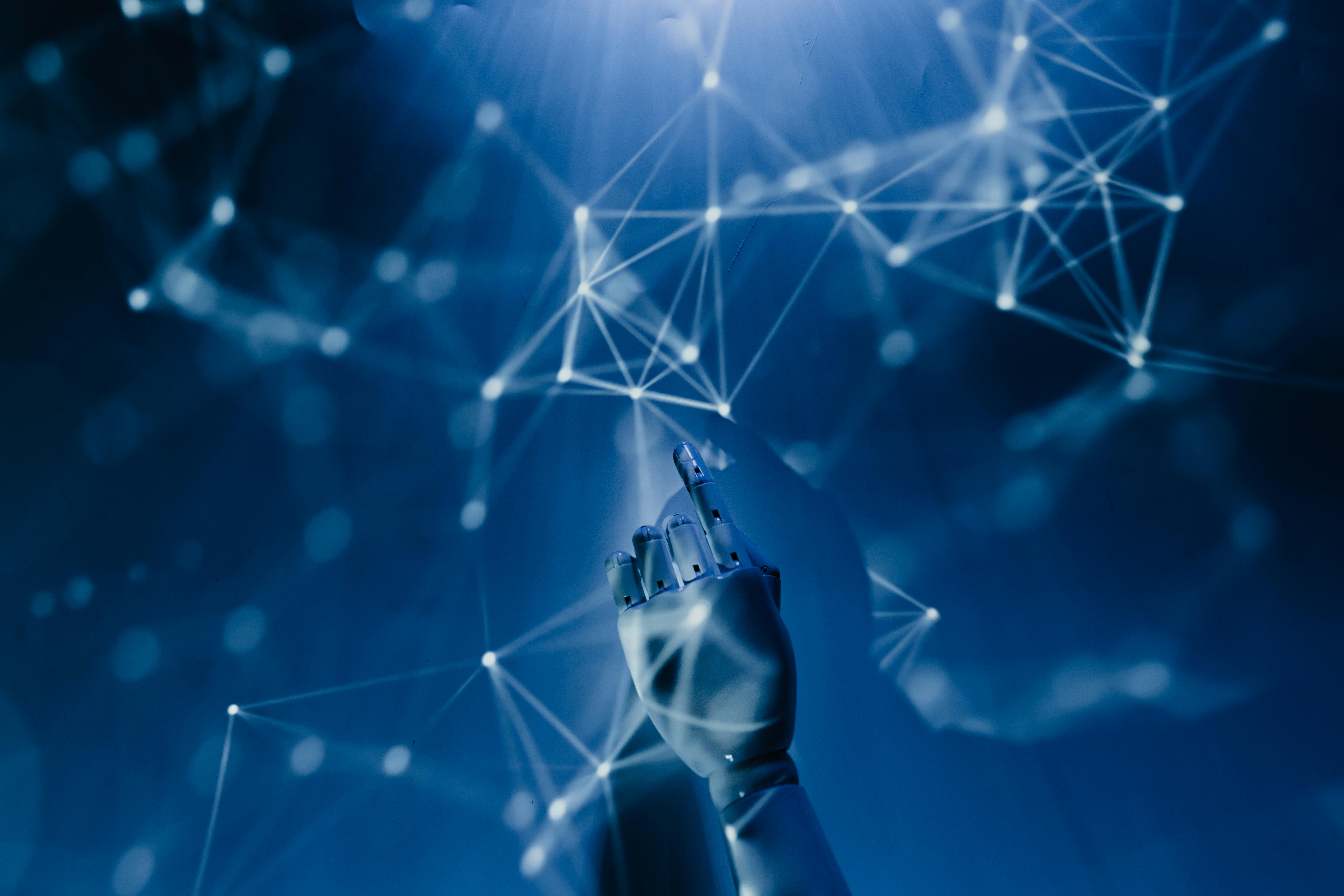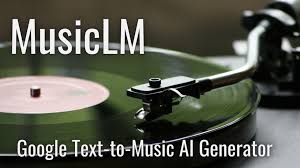AI sheet music generators are powerful tools, but knowing when to use them—and when to rely on traditional methods—can make or break your workflow. Whether you're a composer, educator, or hobbyist, this guide will help you determine the optimal scenarios for AI assistance in music creation.

? Best Times to Use AI Sheet Music Generators
1. When Speed is Critical
Use AI when:
You need to transcribe a live performance or improvisation quickly.
A client requests last-minute changes to a score.
You're brainstorming and want instant melody/harmony ideas.
Top Tools:
AnthemScore (fast audio-to-sheet conversion)
MuseNet (rapid genre-blending compositions)
2. When Working with Rough Recordings
Use AI when:
You have a voice memo or demo that needs notation.
You’re transcribing polyphonic music (e.g., piano pieces) and want a starting point.
Pro Tip:
Clean up audio with iZotope RX first to improve AI accuracy.
3. When You Lack Formal Music Theory Training
Use AI when:
You’re a singer/songwriter who doesn’t read sheet music but needs charts for bandmates.
You want to explore complex harmonies without deep theory knowledge.
Top Tools:
Melody Scanner (hum-to-notation)
Flat.io (AI-assisted chord suggestions)
4. When Experimenting with New Styles
Use AI when:
You’re venturing into unfamiliar genres (e.g., jazz, orchestral, EDM).
You need inspiration for chord progressions or arrangements.
Example:
Ask AIVA to generate a "neo-classical piano piece with modern harmonies."
5. For Educational Purposes
Use AI when:
Teaching students how melodies translate to notation.
Creating custom sight-reading exercises in different keys/time signatures.
Top Tools:
MuseScore 4 (with AI plugins)
Noteflight (classroom-friendly notation)
? When NOT to Use AI Sheet Music Generators
1. For Finalized Professional Scores
Avoid AI when:
You’re preparing music for live performers—AI often misses articulations, dynamics, and playability nuances.
You’re submitting work to publishers/competitions requiring meticulous notation.
Solution:
Use AI for a first draft, then refine manually in Dorico or Sibelius.
2. For Highly Expressive or Experimental Music
Avoid AI when:
You’re composing avant-garde, microtonal, or improvisatory works.
Your music relies on extended techniques (e.g., prepared piano, multiphonics).
Example:
AI struggles with graphic notation or non-standard symbols.
3. If You’re Avoiding Over-Reliance
Avoid AI when:
You’re a student still mastering notation fundamentals.
You want to develop your ear training—transcribing manually improves skills.
Balance:
Use AI for 50% of transcriptions, do the rest by ear.
?? Hybrid Approach: When to Combine AI & Manual Work
| Stage | AI’s Role | Human’s Role |
|---|---|---|
| Ideation | Generate 100 melody ideas | Select/edit the best ones |
| Drafting | Transcribe audio/MIDI | Fix errors, add phrasing |
| Orchestration | Suggest instrument layers | Adjust for playability/balance |
| Final Polish | – | Add dynamics, articulations |
When do YOU use AI in music creation? Share your workflow below!

